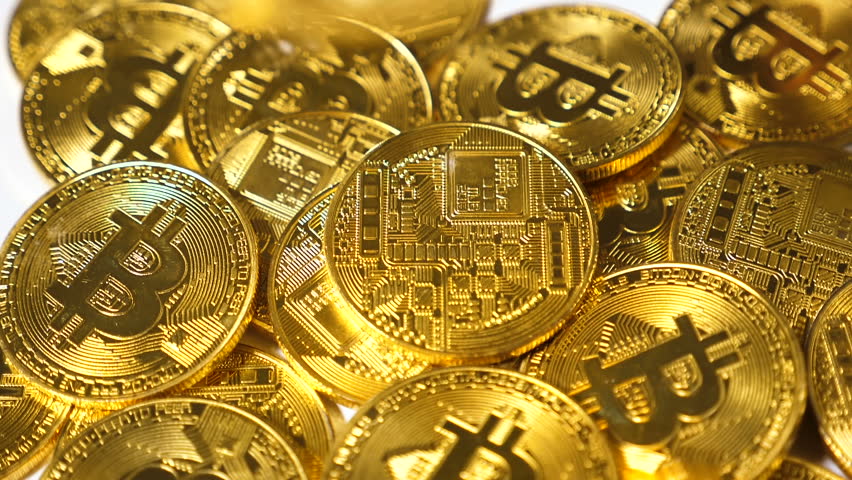On January 12th this year, Ether gained 1% in crypto trading to settle at $1,415 – its best in two months. The Ethereum network was setting up for its Shanghai upgrade, planned for March, and this kept token prices elevated. “The macro headwinds are becoming tailwinds – the U.S. dollar has peaked and the U.S. inflation is dropping fast”, celebrated Matrixport’s Markus Thielen. Bitcoin was also enjoying some relief, having surmounted the $18,000 mark for the first time in four weeks.
Similarly, Ether prices benefitted for several months prior to September’s Merge to a proof-of-stake system of validation. Following that well-publicized event, however, prices slumped 15% by early January, just as other crypto tokens plummeted in the aftermath of the FTX bankruptcy in November.
When crypto lenders like Celsius closed down last year, digital coin holders could no longer derive the relatively high financial returns offered them in a world in which token prices kept losing value. The most likely candidate for a substitute seemed to be staking, which is exactly what Shanghai was aiming to promote.
An intended effect of Shanghai was to encourage people and institutions to stake their Ether tokens to support the Ethereum network, for which they would, in exchange, earn interest. Shanghai takes some of the risk out of staking by letting customers withdraw their Ether. The hope is that, as a result, there will be a rush to stake, which will drain away some of the Ether supply floating around elsewhere. “More ETH staked means less ETH available to sell when negative news hits the market”, explains Thielen. “Hence, this is bullish.”
The truth is, the seeds for Shanghai were sown back in September, so let’s refresh ourselves on what happened back then, and also look a bit more generally at the year Ether has emerged from.
The Crypto Climate
On June 15th, the US Federal Reserve hiked its main interest rate by three-quarters of a percentage point, which was the most since 1994. This, together with a series of crypto-unfriendly news articles, led to a very dramatic month in crypto trading, during which Bitcoin lost 15% in a single day mid-month. Ether lost as much as 19% on that day, finding itself worth $881. This was all happening soon after the sudden death of the Terra blockchain in May.
Changing the Nature of an Asset
The new software Ethereum were planning to introduce in September would make transactions speedier and cheaper, we were told. Also, a feature would be added that could make Ether “more of a traditional financial asset that pays interest, like a bond or a certificate of deposit”, in Bloomberg’s words.
This was the yield feature, and it made it possible to analyze Ether’s cash flow well enough to compare it with other financial assets. Ether tokens could be deposited in a staking wallet, where they would sit and earn interest, and this sparked hope that “a larger pool of capital from traditional finance” would be drawn Ethereum’s way, said Paul Veradittakit of Pantera Capital.
“I think that Ethereum’s merge fundamentally changes the asset”, suggested Jack Neureuter of Fidelity Digital Assets. In September, stakers could get 4% in returns and it was believed that number would grow.
Not so Fast
The other side of the (digital) coin, when it came to changing the nature of Ether, was that, if it now behaved like a security, this could attract the regulatory attention of people like Gary Gensler of the SEC (Securities and Exchange Commission). “I definitely think this is a move that will make it far more likely that any court or regulator would view it as a security”, remarked Dara Tarkowski of Actuate Law, referring to Ether.
Others, like Duke University’s Campbell Harvey, didn’t see Ether staking as a very appealing prospect at all. The reason was that interest “is paid with a currency that has, like, a 90% volatility, and it’s going through a major change”. Other obstacles that gave people reason to pause included the concern that, even after the Shanghai upgrade, there could be limits placed on client withdrawals.
Moving Ahead
As the FTX tower was toppling over, a hacker took the opportunity to spirit away $663 million worth of crypto assets, in the process becoming one the biggest Ether holders on the globe. Soon after this, he converted his plunder into Bitcoin to cover his tracks.
One of the dominant themes to be aware of in the crypto world, and in crypto trading, this year will be the soured sentiment surrounding crypto speculation following the high-profile crypto collapses in 2022. All of the pre-existing enthusiasm about crypto trading and mining “has generated a massive distraction from building actual products and services that reach customers, solve actual problems”, says Christian Catalini of MIT Cryptoeconomics Lab. Ethereum’s powers in the area of smart contracts may position it well in the changing market.
Photo by Zoltan Tasi on Unsplash





